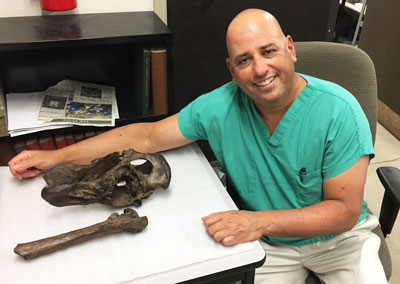Surgeon aims to diagnose deformities of extinct saber-toothed cats

STICKY SITUATION At the La Brea Tar Pits in today’s Los Angeles, mastodons, dire wolves, saber-toothed cats and thousands of other creatures — prey and predators — were trapped and later excavated.
Larissa Pereira/shutterstock







